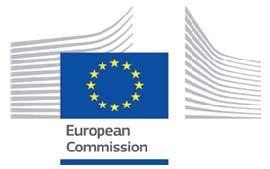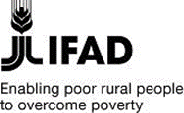
The fertilizer industry is characterized by high levels of concentration along the supply chain. According to the International Fertilizer Development Center, nine countries control more than 50 percent of nitrogen (ammonia, urea) and phosphate (DAP/MAP) production capacity, while only five countries control 79 percent of potash (MOP) production capacity. Developing regions such as Africa south of the Sahara are also highly dependent on imported fertilizer. In addition, the level of fertilizer use in Africa south of the Sahara remains far below other developing regions (around 10kg. per Ha versus 86kg per Ha in South Asia and 118kg per Ha in Latin America). Fertilizer prices have also shown an upward trend in recent years, with a large discrepancy between prices in international and domestic markets.
As part of an ongoing fertilizer study funded by EC-IFAD, IFPRI researchers are currently developing a comprehensive and detailed overview of the fertilizer supply chain in four specific African countries: Kenya, Malawi, Nigeria, and Uganda. The study focuses on the main fertilizers used in each country and aims to provide an in-depth description of the market structure and competitive outcomes along the supply and distribution channel at the production/import level, wholesale level, and retail level in each country. The overall goal of the study is to assess which specific factors in the supply chain are affecting country-level fertilizer prices, including potential lack of or limited competition among suppliers and distributors, poor dealer networks, high transportation costs, and high financing costs.
In the case of Malawi, for example, preliminary results show that about 64 percent of the sampled distributors felt that unstable market prices are the main factor affecting their business. These unstable prices result from both external and internal market forces, including the pricing behavior of local market players. Similarly, wholesalers in Malawi argue that high transportation costs pose their major challenge; for instance, the average cost of transporting one metric ton of fertilizer from any point of source to Malawi is about US$75.70, while the average cost of transporting one metric ton of fertilizer across the country is US$35.77 for every 100 km. Wholesalers also identify poor road networks, inadequate electricity supply, low margins, and unfair competition as major barriers affecting fertilizer wholesaling. Fertilizer importers, in turn, felt that an inadequate foreign exchange poses their major challenge.
The analysis is being done in collaboration with Charles B.L. Jumbe (Malawi), Bernard Kiplimo Langat (Kenya), Annet Adong (Uganda), and Adetola Adeoti (Nigeria), key researchers in the fertilizer field in their respective countries. As part of the collaboration, a two-day workshop organized by IFPRI was conducted in Dakar, Senegal in August 2016. The workshop extensively discussed the goals of the study and provided a preliminary assessment of the fertilizer industry in each country. View full slides with these preliminary assessments for Malawi , Nigeria , Kenya , and Uganda . Also view updated fertilizer price data .


